The classroom of the future is nothing like you remember from school
ERGO chairs ditched for ones that make you ‘lean in’, floors designed to sit on, and virtual reality masks everywhere. Welcome to the classroom of the future.
ARTWORK representing images of 14th century classrooms showed rows of students facing towards a singular teacher or lecturer demanding their attention.
Fast forward hundreds of years and step into lecture theatre or tutorial room at any university in Australia, and you’re likely to come across a very similar set up.
But apparently, that all has to change.
A US university is pioneering the classroom of the future and urging other institutions to follow its lead, and its “learning spaces” looks nothing like what we’re used to.
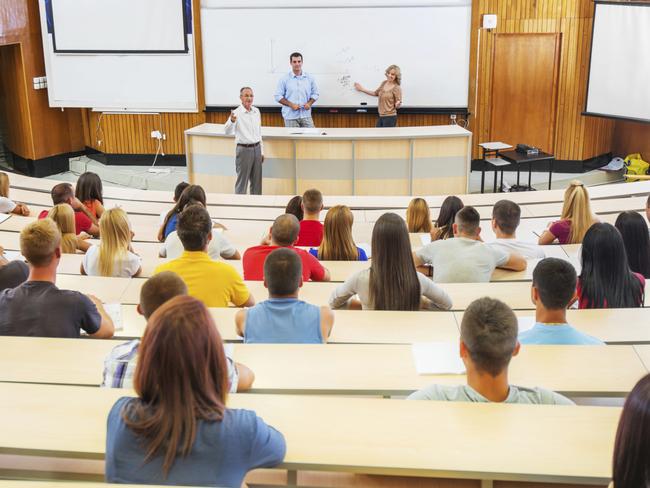
Addressing higher education leaders at a conference in Sydney, Penn State University’s director of education technology Kyle Bowen has showed Australian universities the types of innovative learning spaces that are yielding positive results at the campus.
He said the traditional classroom, with students sitting in rows “paying various levels of attention” and attention focused forward had worked in the past, but the introduction of modern technology has created challenges to the classroom that teaching environments haven’t had to face before.
“If you have a student sitting in the front of the classroom with their laptop open, it creates a cone shape area of distracted students behind them,” he said. “Students today have a set of technology being brought with them and it’s had an impact that we couldn’t have predicted. It is not unreasonable to think every student in the classroom has two, three or four internet-connected devices on them, and they’re becoming increasingly diverse.
“What we have is a situation where we’re competing for attention.”
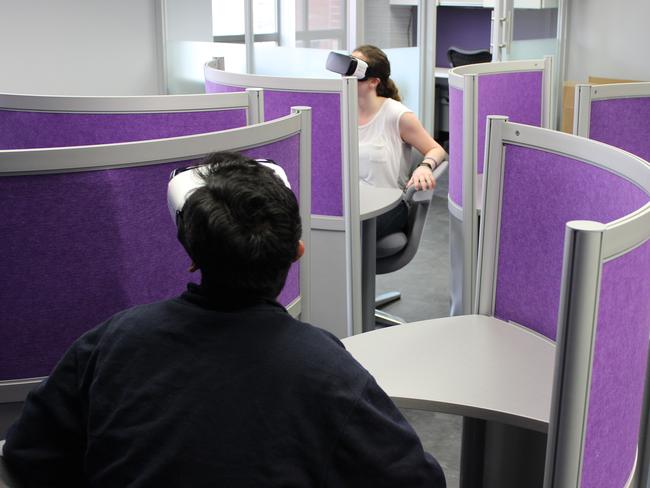
Mr Bowen said the challenge for educators was to rethink how learning spaces look, operate, and what outcomes they provide.
“What we want to do is design experiences and not spaces. To think about the outcome first and then design spaces around that,” he said.
Showing off innovative learning spaces that Penn State has developed in the past 18 months, Mr Bowen described classrooms with where students were encouraged to sit on the floor, rooms kitted out with Lego, Play-Doh and pipe cleaners for students to “create” with, and large spaces designated for virtual reality, specifically designed so sight-deprived students wearing the prohibitive headwear wouldn’t bump into furniture or each other.
One example, created with a focus on “spaces that inspire”, is the Dreamery — a collaborative space based on the idea of bringing together a faculty and student to learn and explore emerging technologies together.
“Rather than the faculty leading the students into exploring this, it’s the two of them working together to explore at the same time,” he said. “What the Dreamery does is it provides the space to make that kind of thing happen, and it provides the students with access to whatever the latest technology is.”
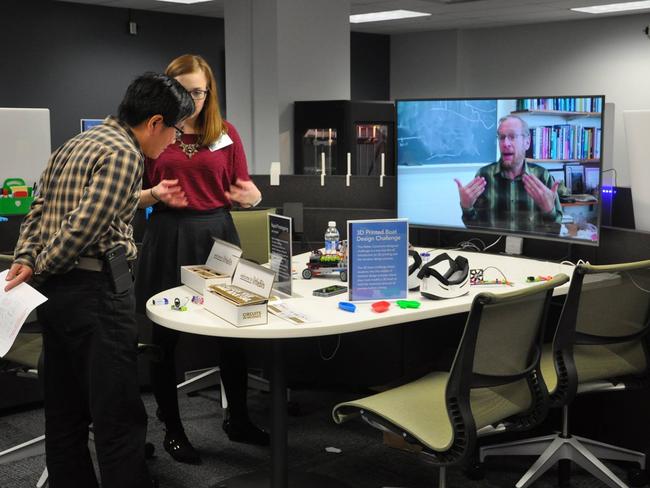
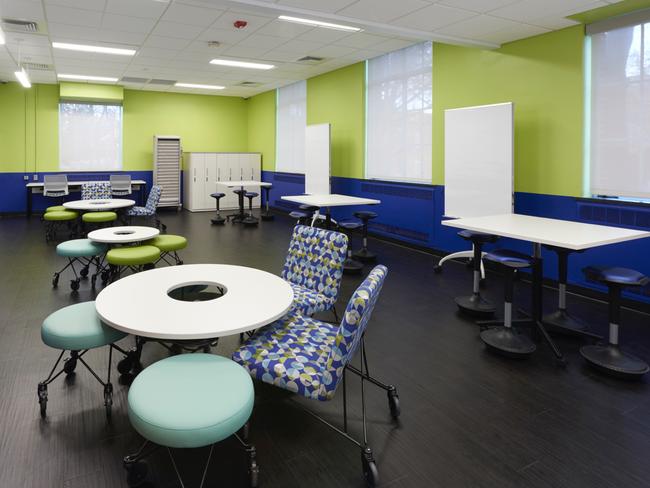
Mr Bowen likened the Dreamery to an Apple store. “You go in, you know the latest thing is always going to be there,” he said. “The dreamery provides the type of space where we have room for that and also room to change as those technologies evolve and mature.”
At the design experience lab, another learning space at Penn State, students are provided with “the best opportunities to learn about design itself”.
“One interesting design feature is the floor ... it’s designed to be sat on,” he said. “If you walk through a school, what you see is students sitting on the floor.”
The lab’s floor is infused with sulphur — “so it’s antimicrobial” — it’s impact resistant and cleans easy with soap and water.
The lab also features lowset furniture where posture-improving chairs are ditched for designs force students to “lean in” to conversations when they’re seated.
The university has also made 3D printing available to all students, and are encouraging students from all faculties, to get involved in design and creating.
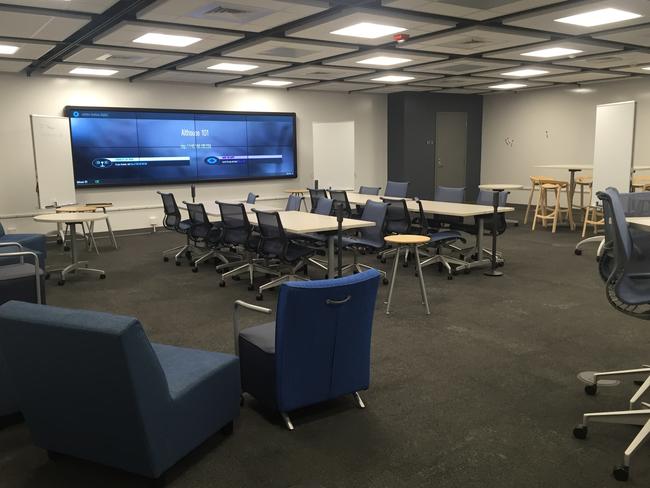
Mr Bowen said the university had also reworked the way it schedules classes, with a focus on learning spaces and how faculty members and students want them to be used.
“Traditionally as courses get scheduled for classes it’s usually a match out of how big is the class and how big is the room, and if they’re the same we’ll put them in there,” he said. “What we need to do that is move this towards a strategic model that says how does the faculty member want to teach, and what is the space that reinforces that teaching, so there’s a match between the space and the instructor.
“This is what we call Tetris management. If we do this we can fill rooms more efficiently than an algorithm usually.”
The idea of more collaborative and modern learning spaces has been welcomed widely in both schools and the higher sector across Australia, but university leaders argue funding and the size and scale of projects that would be needed to overhaul classrooms limit what they can do.




